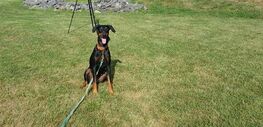 Shana training on a long line or 15' to 20' leash.
Shana training on a long line or 15' to 20' leash. Many owners hold the leash casually, in a way that can harm the human, and in a way that can cause the dog to be free where they should not be and where it is dangerous. The topic of our blog today, is the best ways to hold a leash for the safety of both the dog and the dog owner.
Below I have pictured a leash I don't like to use and ways I don not recommend that you hold a leash. The flexy leash pictured can be a dangerous tool especially with untrained dogs. The handle can get slippery and hard to hold. If you go for the leash portion of this by accident or it gets wrapped around your body, you can get burn or some real damage to your fingers. I prefer the long line to the flexy leash, but some dog trainers do use it in their training.
Wrapping your leash around your hand, is an excellent way to really injure your hand badly. Hanging it on your hand, is a good way to loose your leash if something unexpected happens. Finally, not holding the long line braced in front of you, could cause a real shoulder or arm injury.
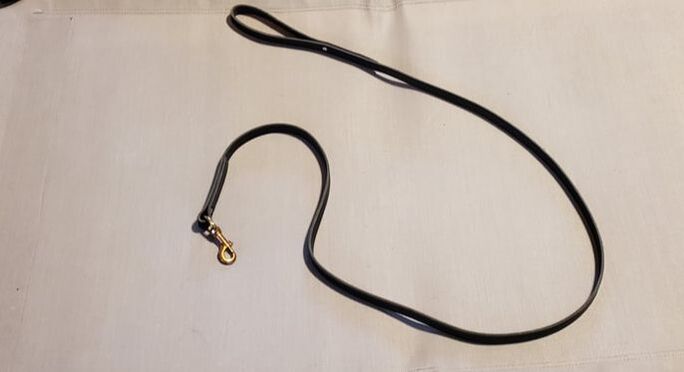

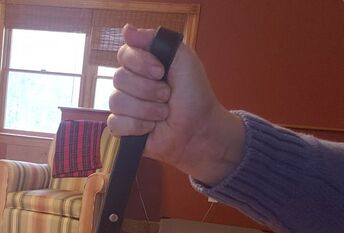

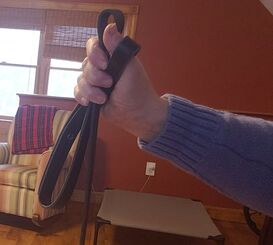
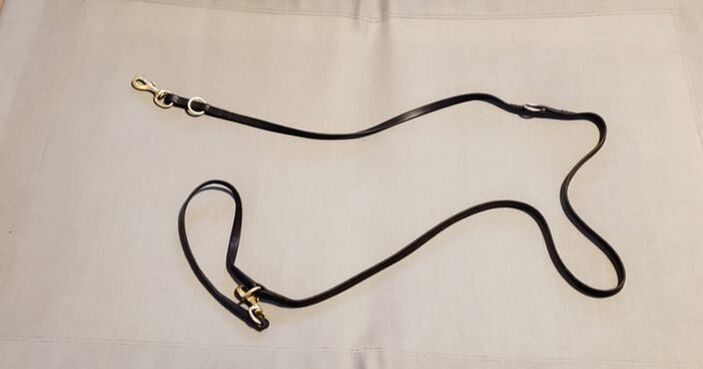
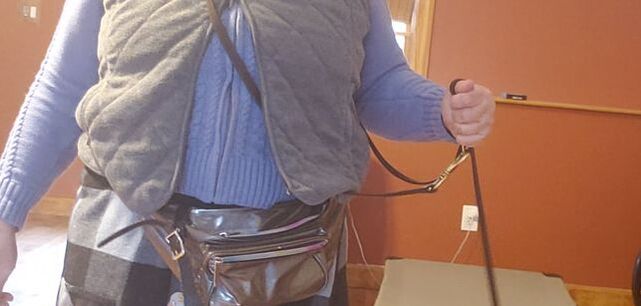
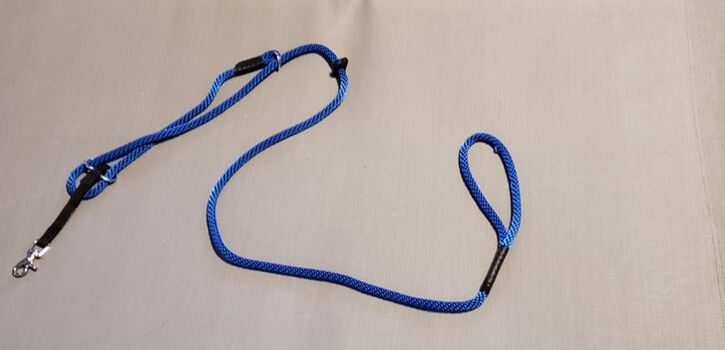
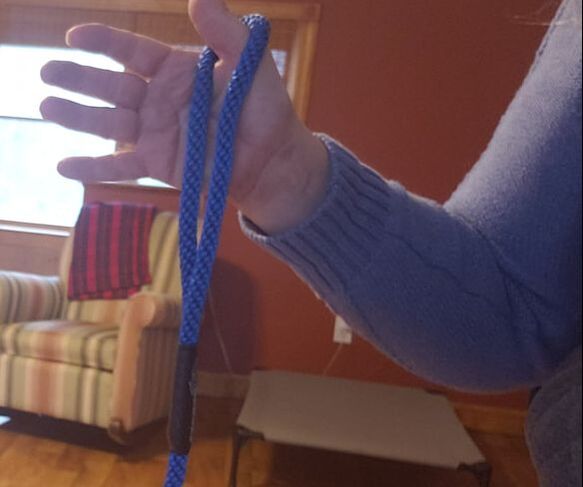
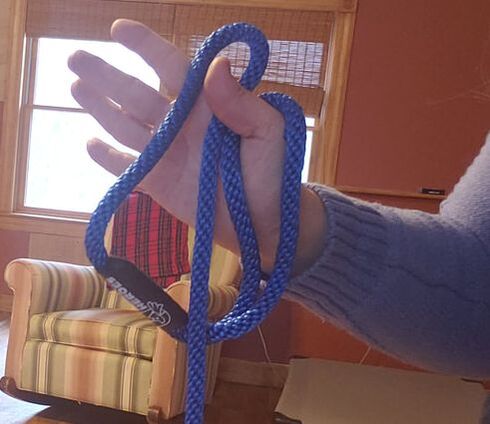
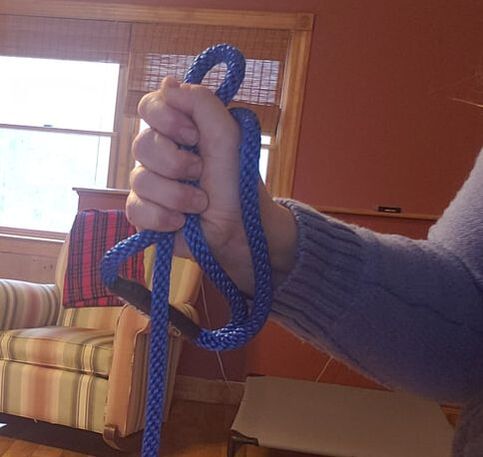
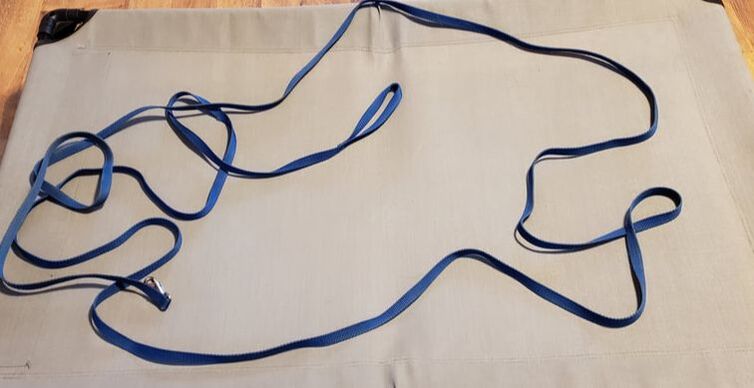
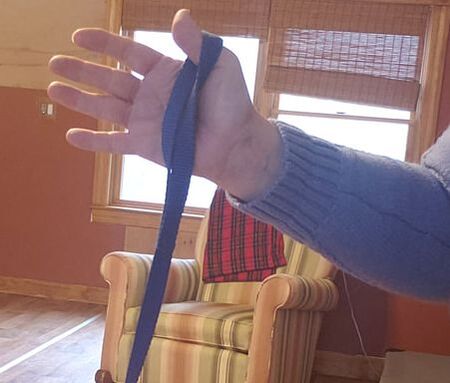
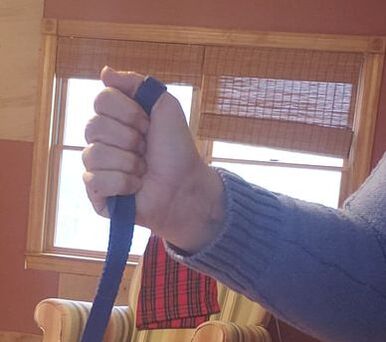
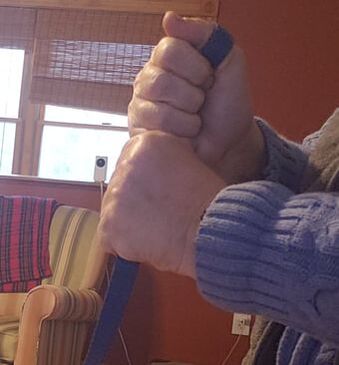
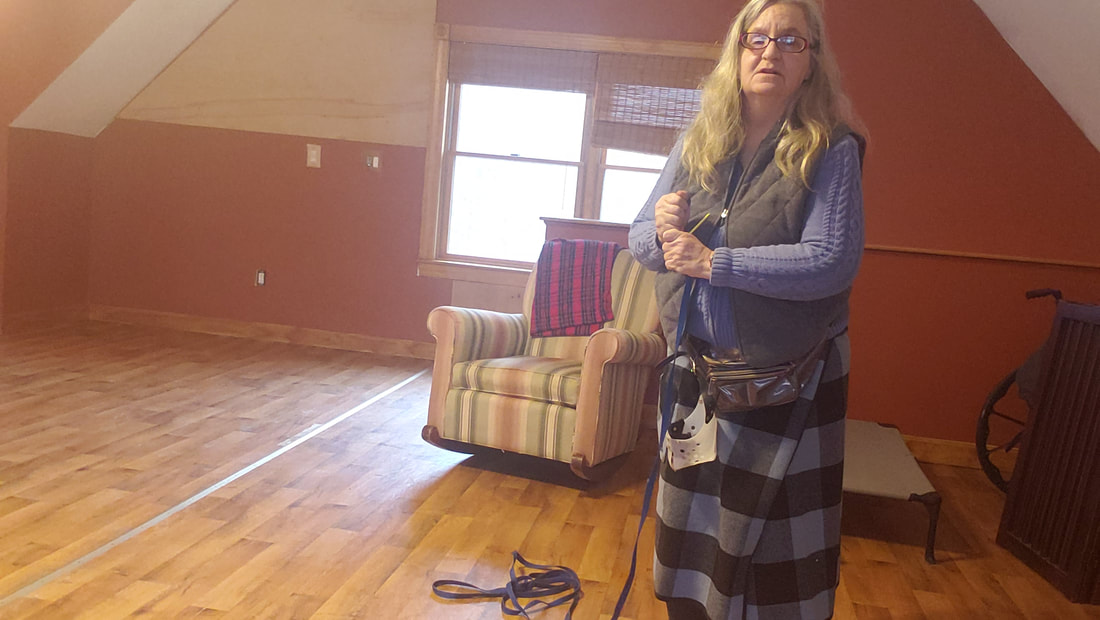
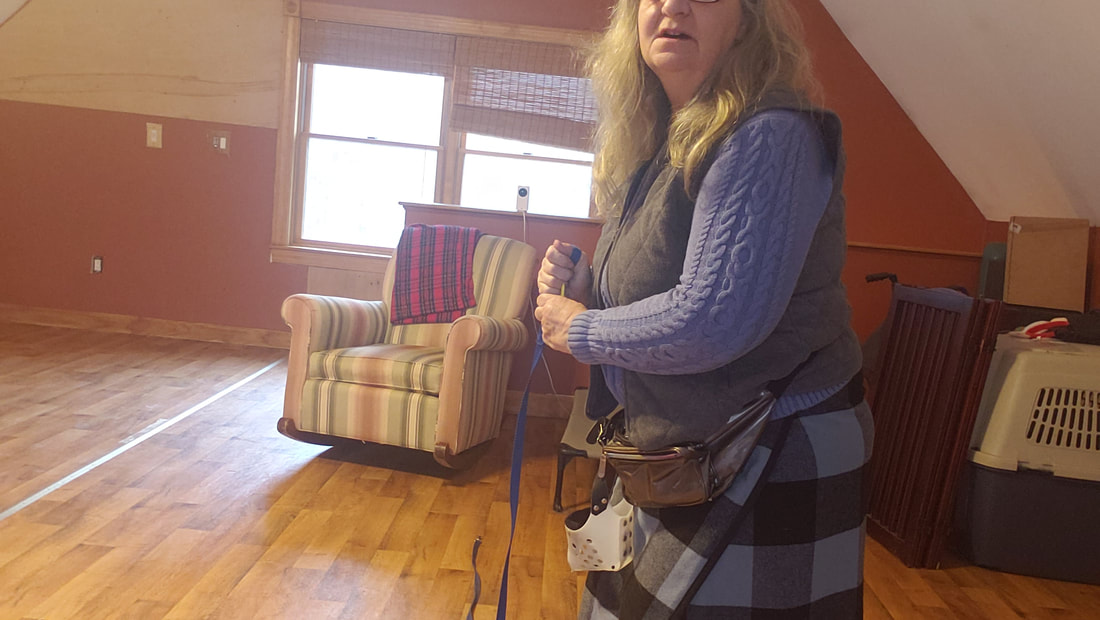
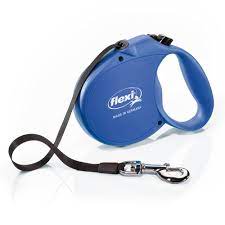
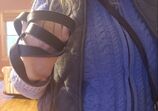
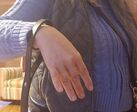
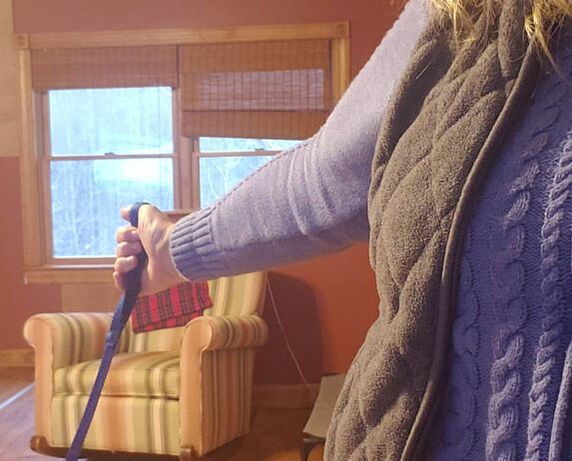
 RSS Feed
RSS Feed